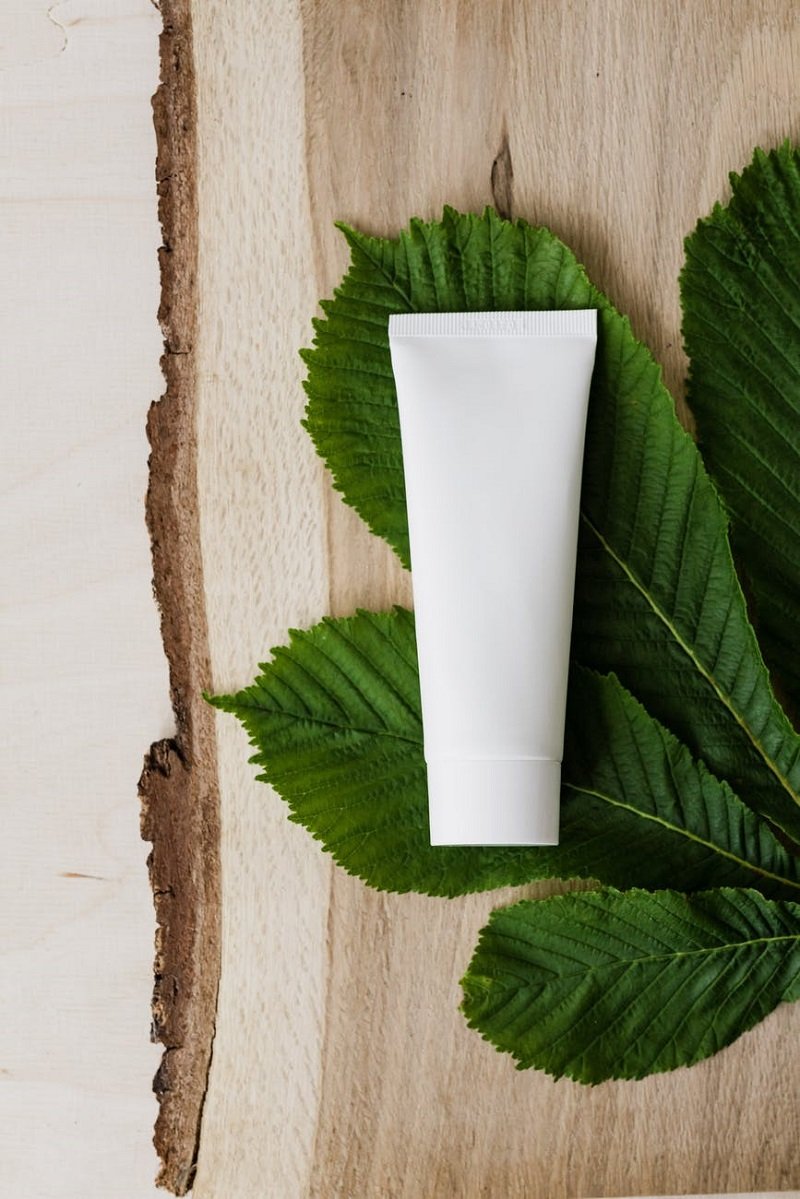The seamless blend that joins the ceiling with the walls is called a cornice. This beautiful art piece enhances the visual appeal and also adds to the property value. People have now become more aware and picky when it comes to the interior of their houses. In this blog, we will be focusing on what ceiling cornice is and their different types.
Overview on ceiling cornice
It is moulding that can either be plain or decorative. The cornice has both functional and aesthetic value. These are the usual uniform pieces that are laid side by side on the joints of the wall and ceiling. These have evolved with time, and you can now find different types of cornices in the market. An important point here is that you must choose a skilled and qualified contractor for this task since an unskilled contractor might mess things up which defeats the whole purpose of installing cornice.
If you start exploring the various ceiling cornice materials, there are umpteen choices available in the market. Here are the most popular ones:
· Plaster
These are a bit expensive and their installation is tricky and require care. It is a combination of cement, gypsum, and lime. It can be easily painted with water-based colours or oil-based paints.
· Gypsum
It easily dissolves in water and can be brought back to original state, thus making it a good choice for cornices. It can be easily moulded into intricate designs.
· Polyurethane
It is a lightweight material and is available in different colours. Besides, you can also paint it into the desired colour option using oil or water-based paint.
· POP
Plaster of Paris or POP is one of the most popular materials for ceiling cornices. It is a mix of gypsum, cement, and lime.
· GRC
If you are looking for lightweight and robust material for wall cornices, then GRC is a good choice. It is a mix of sand, cement, water, and glass fibre. All this comes together to create a strong and sturdy material for cornices. It can be easily moulded into the desired shapes and designs, and leaves behind a smooth white texture. This is a perfect choice when you need a more defined and precise finishing with intricate detailing.
· MDF
This is mostly used as a building material; you can also find its prominence in making wall shelves, photo frames, and more. But you can also use it to create wall cornices. MDF is a mix of sawdust mixed with glue under high heat and pressure. It provides a smooth finishing. MDF is a highly versatile material that can be easily painted with the desired colour to make it look more appealing.
· Timber
Wood has an inherent regal appeal; it is strong and sturdy. Ceiling and wall cornices made of wood have a unique appeal, but you have to pay a bit extra for this. Make sure that you choose the best quality wood for this work. Poor quality might come at a lesser price, but you end up paying more for its repair.

Final Thoughts
These were some of the key options that are available in the market. However, the result depends on how well the contractor uses any of these materials and creates a beautiful design. Hence, you must emphasize choosing a contractor who has complete knowledge about the different types of materials, their pros, and cons. Based on it, they should be able to find the best match for your requirement. Merely choosing an expensive material without hiring a professional contractor will not be of any help.
Choose an experienced contractor, and check their portfolio before making the final call. You can also seek references beforehand to find the best contractor. Besides, the contractor must also have the technical expertise to create the right mix, choose the right method of application, and treatment. Ceiling cornices look amazing, and a good contractor will guarantee you the same.





